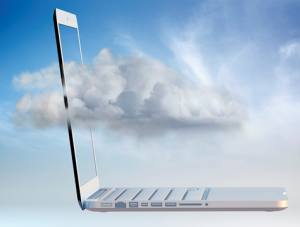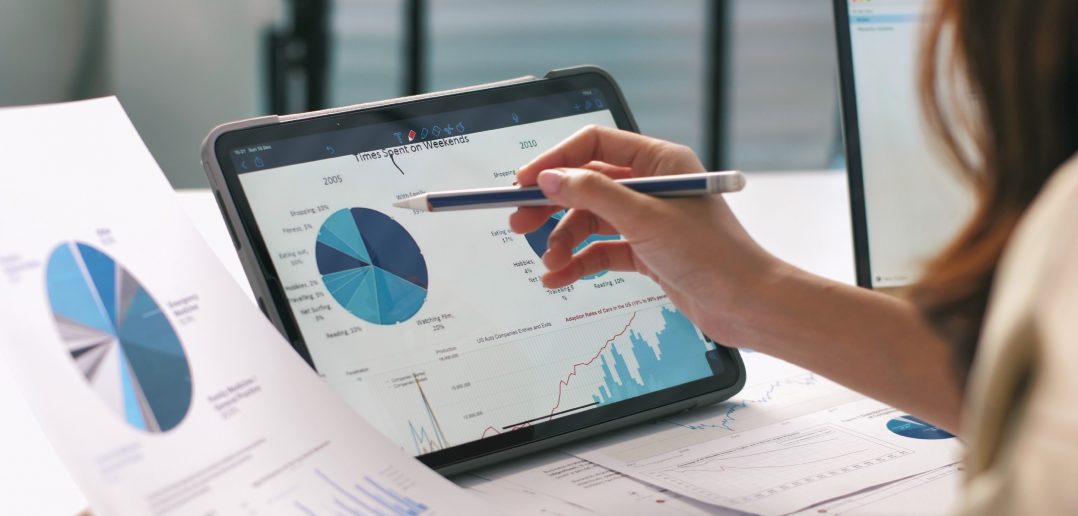The past 20 months of disruptions caused by COVID-19 have been a wake-up call for retailers and consumer goods companies. Unpredictable market trends have caused havoc with categories, brands and products making it harder to predict supply requirements.
All of these changes have given rise to the need for consumption (drivers) based forecasting and planning. Additionally, changing shopping preferences continue to differentiate how consumers select and pick up their purchases. It will require a complete redesign of a company’s demand planning process, including integrated horizontal processes with shared performance metrics, the use of predictive analytics and open-source, cloud-ready solutions. It’s no longer a matter of if, but when companies realize they can't effectively run their business from the supply (shipments) to the consumer. They need to run their business from consumer to supply. The four core focus areas in the process are:
- Sensing Demand Signals: Sense true consumer demand (POS/syndicated scanner data) to understand market shifts in demand for a company’s products by measuring the impact of KPIs that influence consumer demand using predictive analytics.
- Shaping Future Demand: By using what-if scenario analysis to shape future demand, you can measure varying the future values of price, sales promotions and marketing events, among other factors that influence consumer demand.
- Demand Shifting: Shifting future constrained demand based on supply capacity constraints can provide more time for supply planning to build capacity to meet short- and mid-term sales and marketing tactics.
- Cross-functional Collaboration: Traditionally, companies have adopted techniques of collaboration to increase dialogue between internal supply chain members in order to create more accurate short- and mid-term plans. Those supply chain members are sales, marketing, finance and demand planning, but could be others—such as retail customers. More companies are attempting to collaborate with their retail channel partners/customers like Walmart, Publix, Walgreens and others.
Why consumption-based forecasting and planning?
Consumption-based planning is the set of business processes, people, analytics, and technologies that enable companies to analyze, choose and execute against the precise mix of geographic segments. Key accounts (customers), channel, brand, product group and products that achieve their customer-facing business objectives are also important.

With improvements in technology, data collection and storage, processing and analytical knowledge, companies are now looking to integrate downstream consumer demand (consumption) with their upstream shipment (supply) plans. This captures the impact of marketing activities (sales promotions, marketing events, in-store merchandising and other related factors) on supply. This new approach to demand forecasting and planning directly justifies the engagement of the sales and marketing teams to participate in the sales and operations planning (S&OP) and integrated business planning (IBP) processes.
Companies who implement consumer-driven supply chain strategies can:
- Support periods of shifting consumer demand patterns with less finished goods inventories.
- Improve demand forecast accuracy for products that are slow-moving, keeping pace with consumer demand for fast-moving products.
- Achieve higher ROI, profits, overall lower inventory costs and working capital.
This free 14-day trial of SAS® for Predict and Plan Consumer Demand offers powerful analytics and machine learning to create a consumption-based demand plan to support your integrated business planning (IBP) process. SAS for Predict and Plan Consumer Demand is offered as both a hosted or remote managed service, so you can take advantage of the latest technologies in the SAS® Cloud.
The cloud-native demand planning solution provides hyper-accurate demand planning and forecasting – no data science skills required. Get insights into promotions, holidays, events, price elasticity and everything else you need to accurately predict demand to drive your IBP process.
The trial includes everything you need to get started such as sample data, forecasts, KPIs, live demand planning workbooks, reports and dashboards.

